8 things secretly making your allergies worse at home, according to immunologists – and what to do about each
Is something in your home exacerbating your allergies?
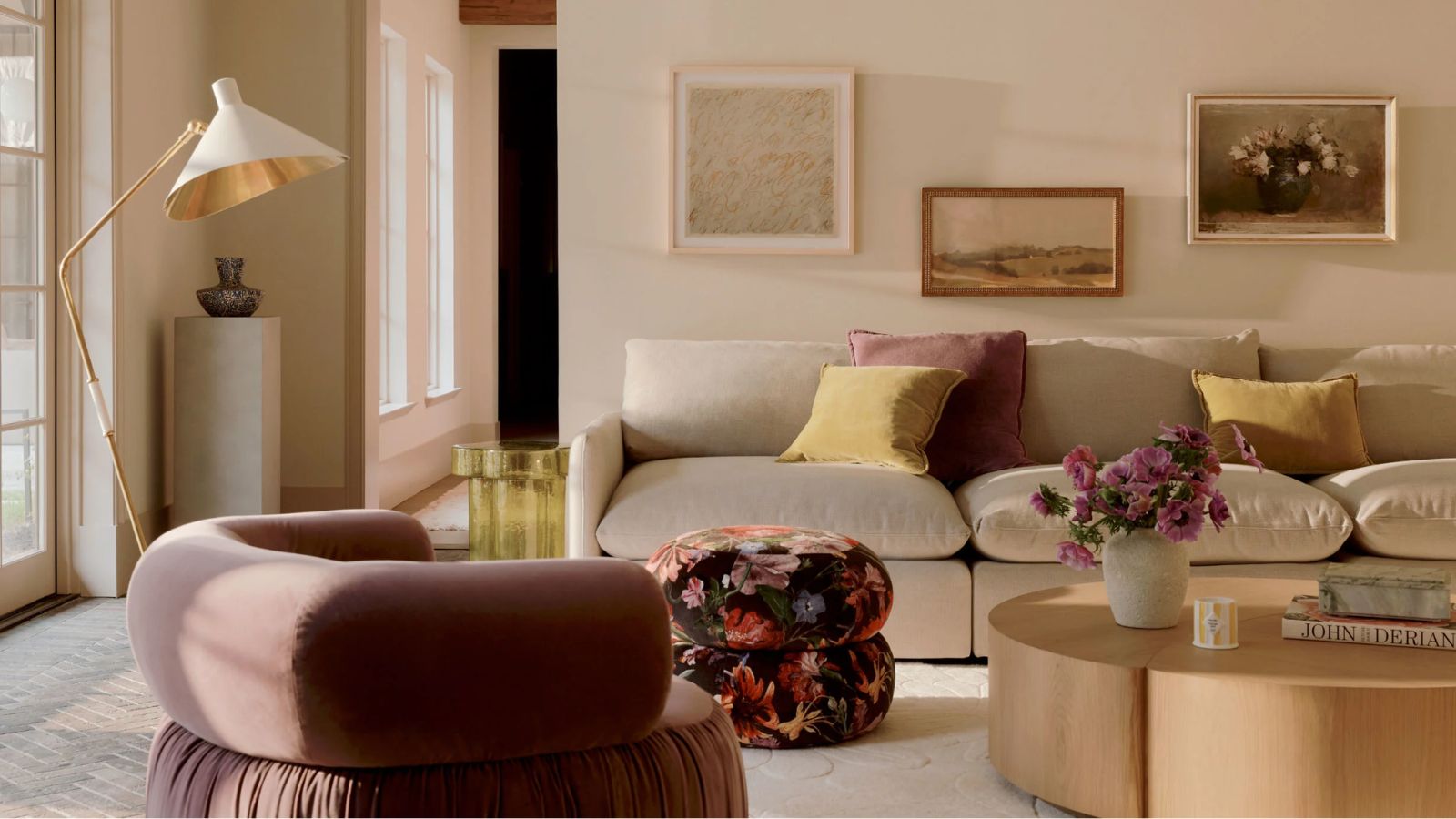

Pollen and pet dander can trigger allergies, but do you know about the lesser-known habits and household elements that could be making your allergies worse at home?
For instance, did you know that poorly fitted bedding can increase your exposure to pet dander and dust as you sleep? Or that a neglected humidifier can harbor mold?
Learning how to combat common allergies in the home, especially the ones secretly making your allergies worse will help you properly allergy-proof your living environment. Our panel of allergists and cleaners reveals what to watch out for and how to alleviate each problem.
8 things making your allergies worse at home
1. Dust mites
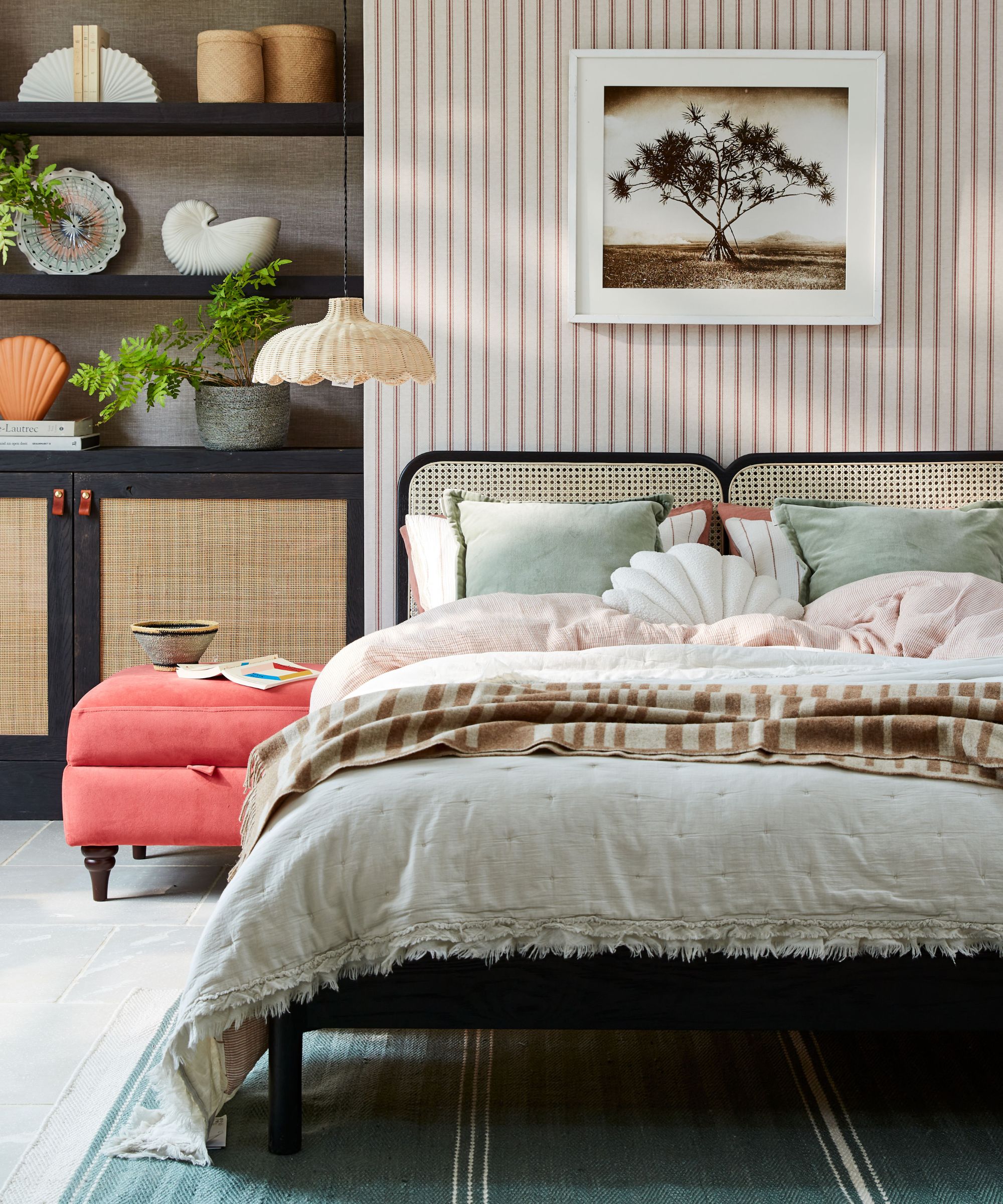
Cleaning your bedding and soft furnishings regularly will help reduce the volume of dust mites and their droppings.
From shelves and indoor plants to light fixtures and window treatments – no matter how often we clean and polish, dust tends to accumulate everywhere.
But, contrary to what you might have thought, it's not dust itself that triggers various allergies – it's dust mites that can cause the skin rashes and respiratory issues.
'Dust mites are microscopic living organisms that live in pillows, box springs, mattresses, carpets, stuffed animals and upholstery,' explains Dr. Purvi Parikh, who is an allergist and immunologist at Allergy & Asthma Network. ‘Dust is just a mix of allergens such as dander, dead human skin cells, dust mites. I bring this up as often people are surprised they aren’t the same thing.’
Of course, learning how to remove dust from your home can help improve your indoor air quality. But learning how to get rid of dust mites can help you ease allergies and reduce your exposure to these pesky bugs once and for all.
Dr. Parikh says dust mite covers such as these five-star rated Guardmax Waterproof and Breathable Pillow Protector with Zipper from Target can help to 'create a barrier' between these insect-like pests and your body, nose, and airways.
The expert also recommends washing your sheets in hot water frequently. You should also ditch any other bad habits that are making your bed unsanitary and vacuum your mattress to help reduce any bacteria and dust mites present.
Don't forget to clean any cuddly toys. Research by Mattress Next Day recently found that cuddly toys can be up to 650 times dirtier than a bin lid.
2. Neglected dehumidifiers
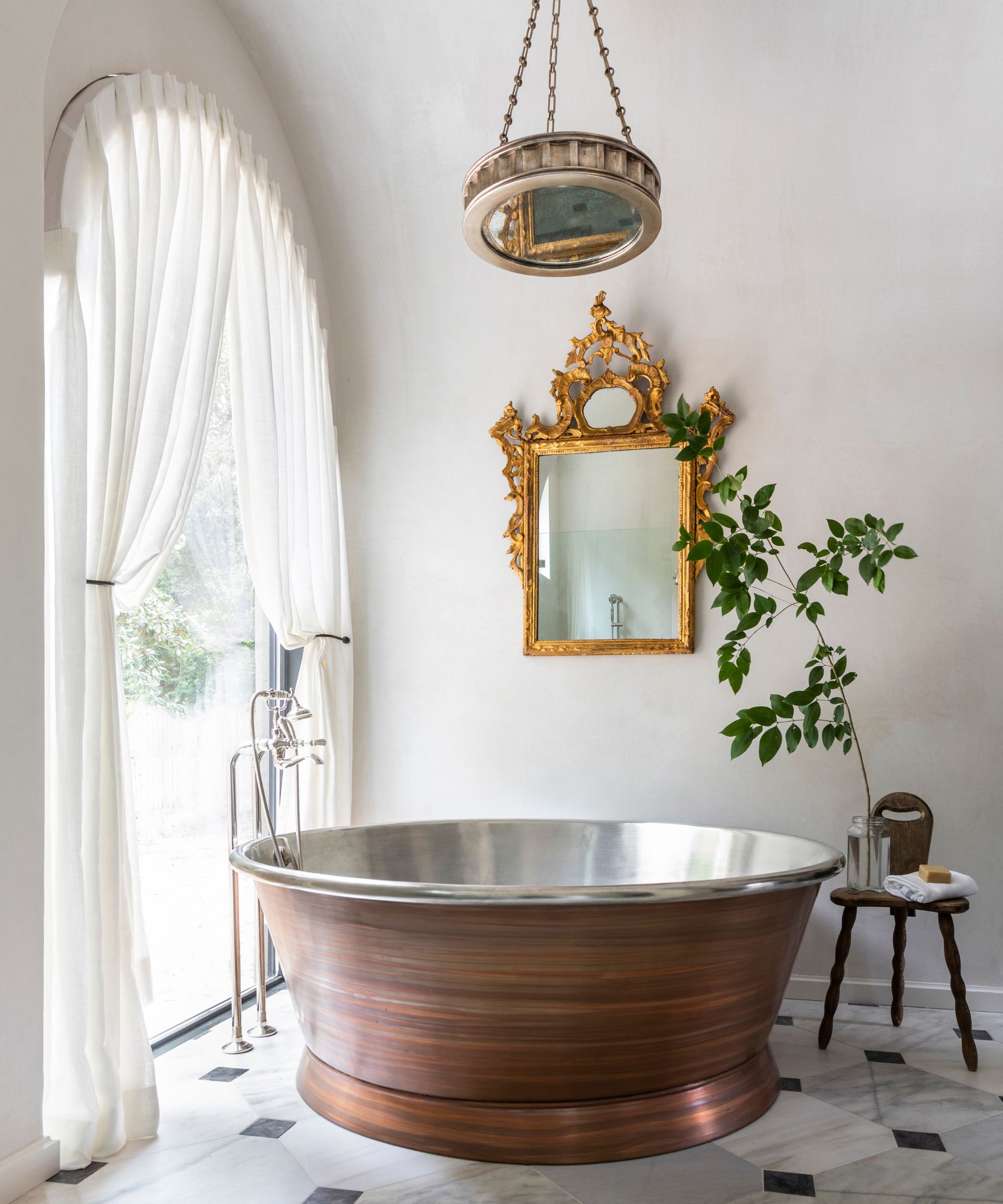
Managing moisture levels helps air quality and reduces the risk of mold, but appliances need regular maintenance.
The best dehumidifiers and humidifiers help manage a home's moisture levels, with the ideal humidity year-round being between 30-50%. However, ‘There could be mold growing in humidifiers if not cleaned properly,’ Dr Parikh notes.
Therefore, keeping your humidifier clean is key if you want to keep your machine functioning as it should, and your home allergen-free. The good news is that learning how to clean a humidifier is easy and there are many eco-friendly ways to do so with lemon juice, baking soda and water.
If you're running a dehumidifier, make sure to close external doors and windows to reduce the strain on the device.
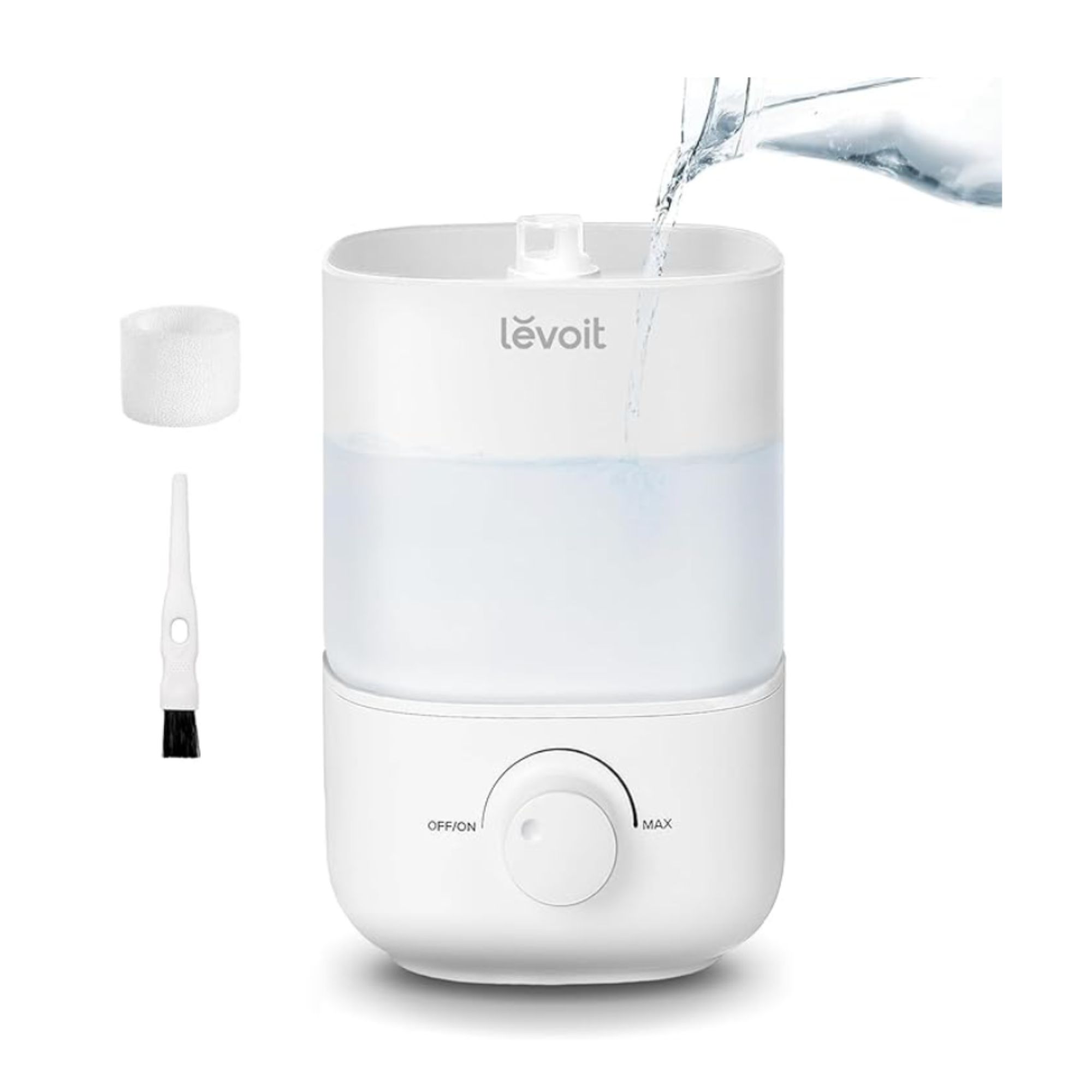
If you're yet to invest in a humidifier for your sleep space, this affordable option from Levoit is worth a look. Easy to fill and even easier to clean, this 2.5 liter capacity is BPA-free and runs at just a super-quiet 26 dB.
3. Poorly fitting bedding
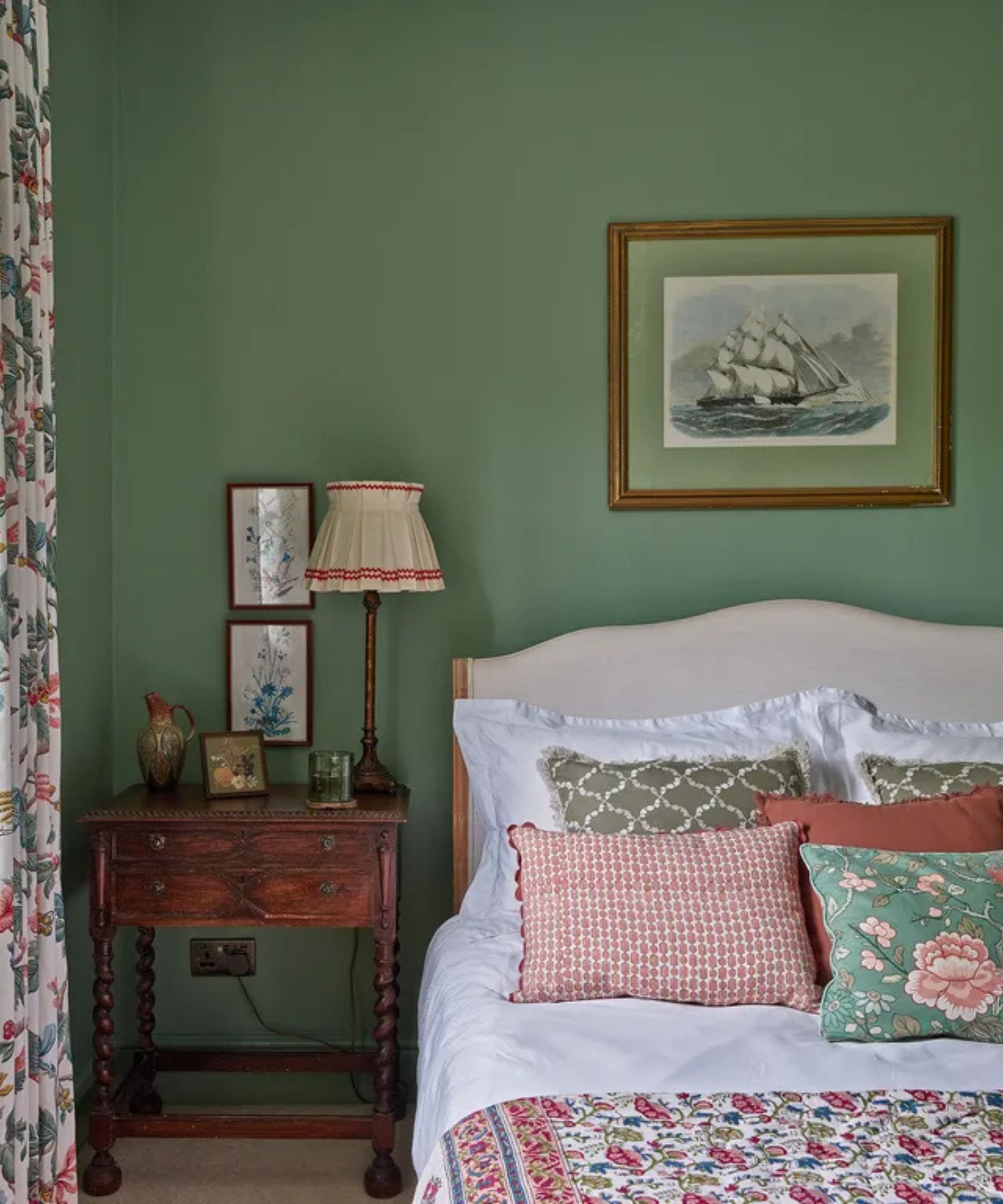
Keep the edges of your bedding and throws off the ground to stop it accumulating floor dust and debris.
Not only does having the correct size bedding make your bedroom look aesthetically pleasing, but it can help keep it sanitized and free from opportunistic allergens.
‘If your sheets or duvet covers are too big or don’t fit snugly, they can drag on the floor, picking up dust, pet dander, and allergens,’ Karina Toner explains, operations manager at Spekless. ‘This creates an endless cycle of exposure every time you sleep.’
Thankfully, there are several quick and easy ways to fix this. Karina says the first step would be to invest in the best bed sheets that are the right size for your mattress. Our bed sheet buying rules can help you figure it out if you're currently unsure.
The second is switching over to hypoallergenic bedding that fully encases your mattress and pillows to prevent allergen buildup. The the third is learning how to wash bed sheets properly – and doing so weekly – to eliminate dust mites. If you sweat a lot or are a hot sleeper, you may need to wash them more frequently.
On high pollen days, keep your bedroom windows closed to avoid a surge in pollen being blown in.
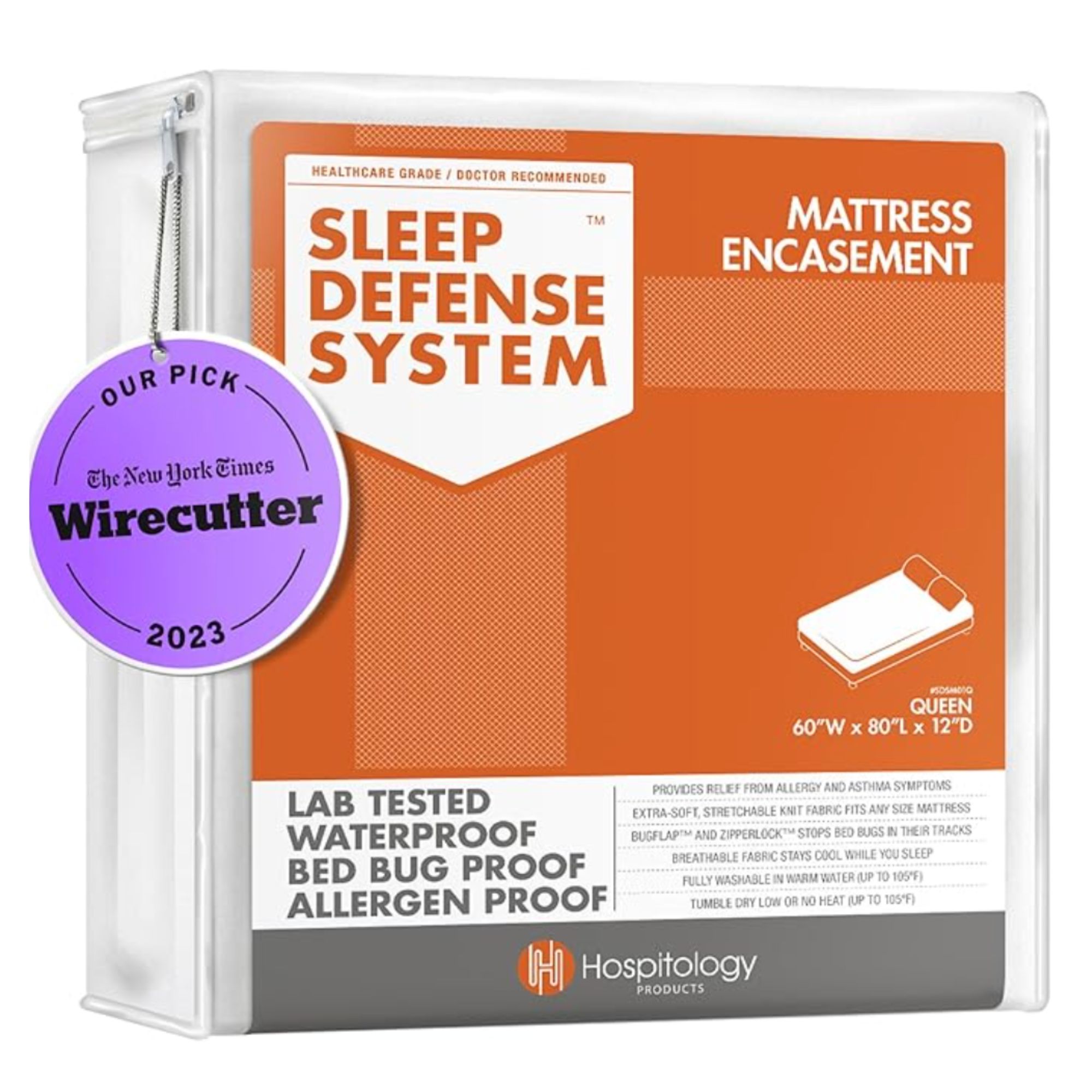
‘This provides a protective barrier against dust mites and allergens,’ says Karina. Available in a variety of sizes, from Queen and California King to Twin and Full, there’s an option for all.
4. Neglecting soft surfaces
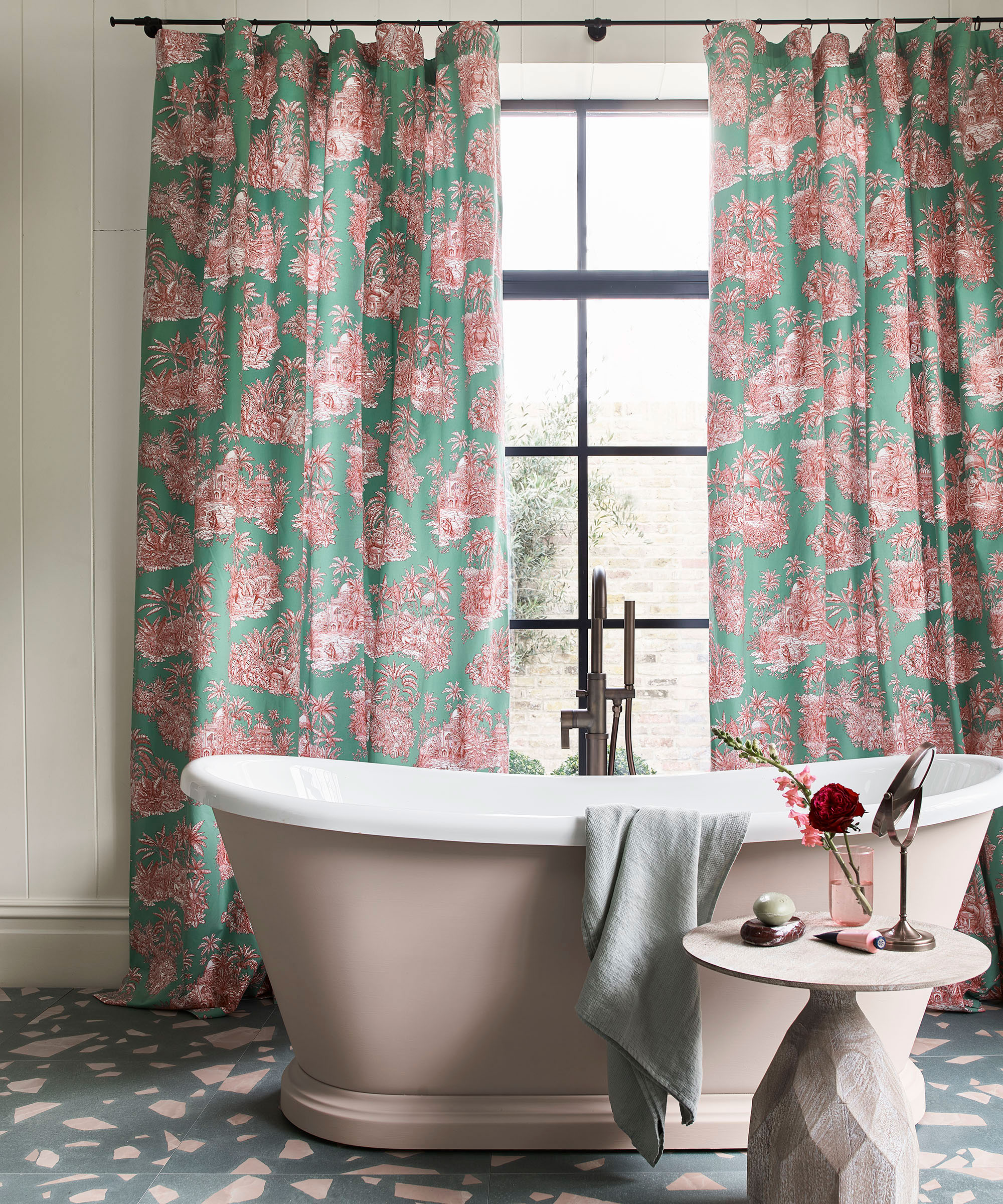
Soft furnishings can become allergen traps so remember to regularly clean your curtains.
It's not just our carpets that allergens get trapped in. 'Upholstered furniture, curtains, and rugs trap dust, pollen, and pet dander, becoming breeding grounds for allergens,’ Karina explains.
According to Karina, one way to prevent this from happening is to learn how to vacuum furniture without damaging upholstery, use one of the best HEPA-filter vacuum weekly, and learn how to wash curtains and drapes the right way.
‘Steam cleaning carpets and area rugs regularly can also help,’ the expert says.
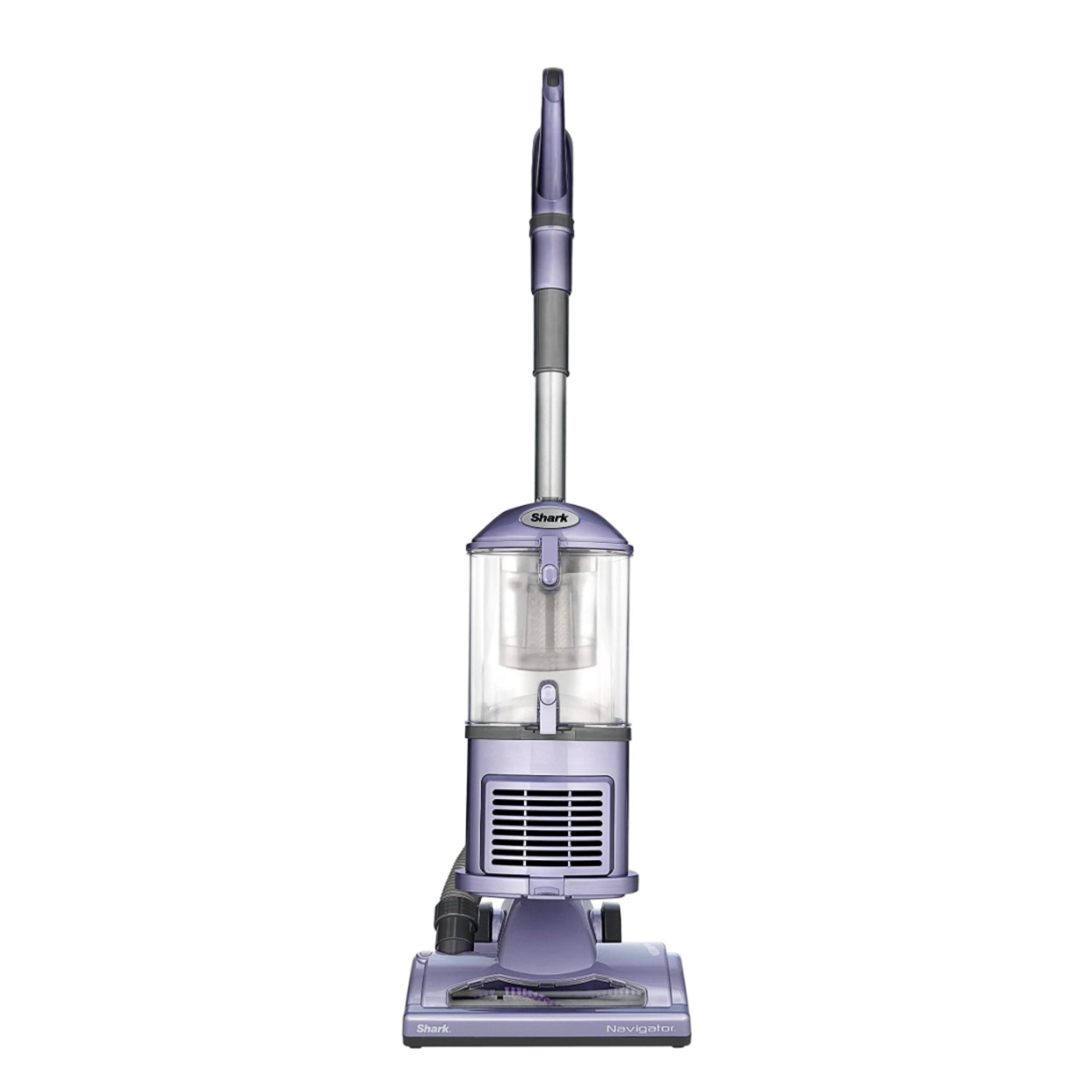
‘This captures allergens and prevents them from recirculating in the air,’ Karina says. It's all thanks to its clever HEPA filter that traps allergens inside the vacuum cleaner and doesn't blow tiny allergenic particles back out into the air when cleaning.
5. Indoor plants
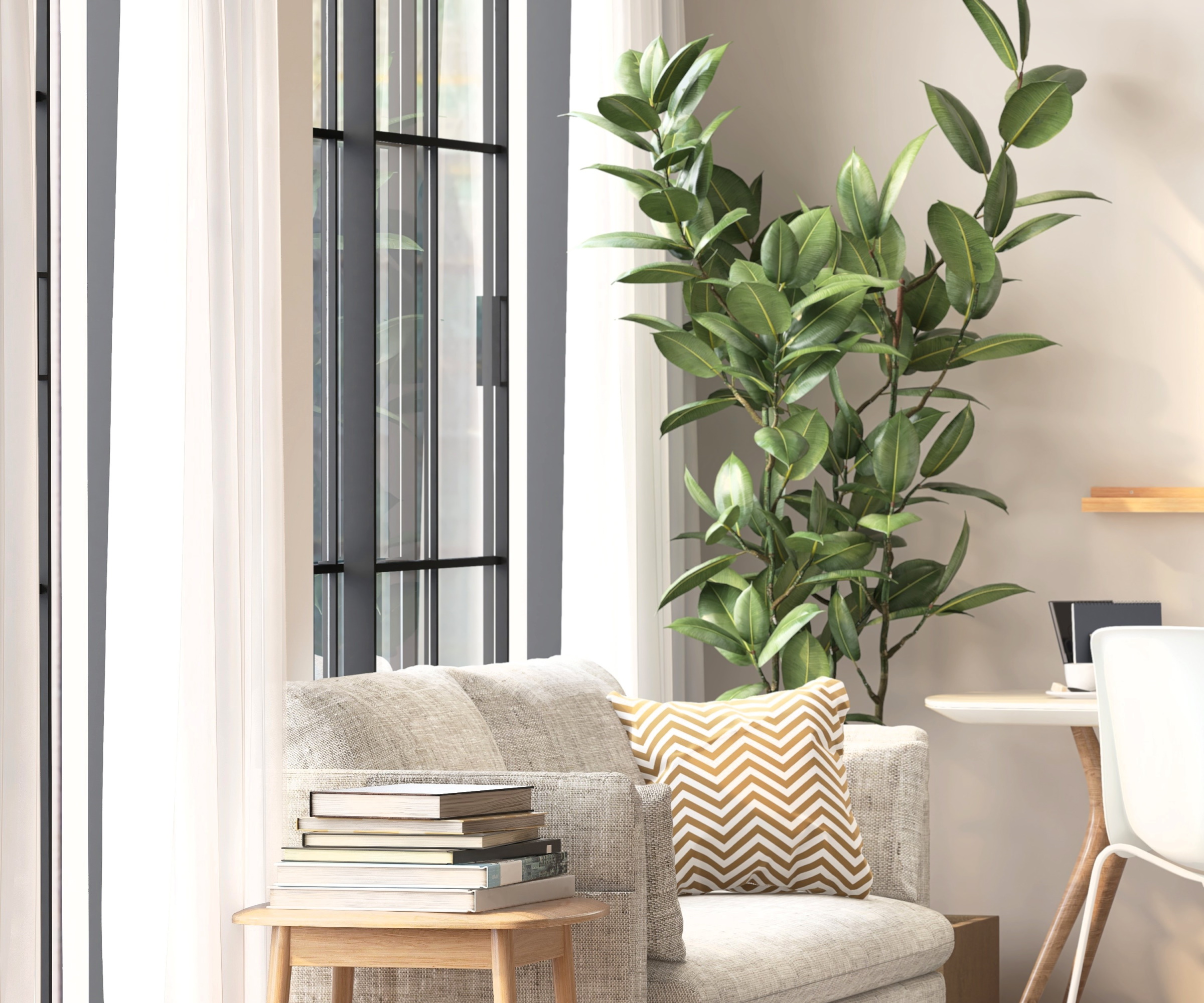
Some of the best indoor plants might be making your allergies worse.
It’s no secret that indoor plants can make your living room smell nice, help purify the air, and add some relaxing greenery to your space. Some houseplants can even help bring calm, freshness and relaxation for a peaceful night's slumber, like the best plants to help with sleep.
But at some point, you'll need to water your plants. And, as Karina explains, over-watering houseplants is one bad habit that increases the risk of mold in your home.
'Over-watered houseplants can develop mold in the soil, releasing spores that trigger allergies,' Karina explains. 'Certain plants also collect dust on their leaves.'
To prevent this, Karina says, ‘Use a moisture meter, avoid over-watering, wipe leaves regularly, and opt for plants that naturally purify the air, like snake plants or peace lilies.’
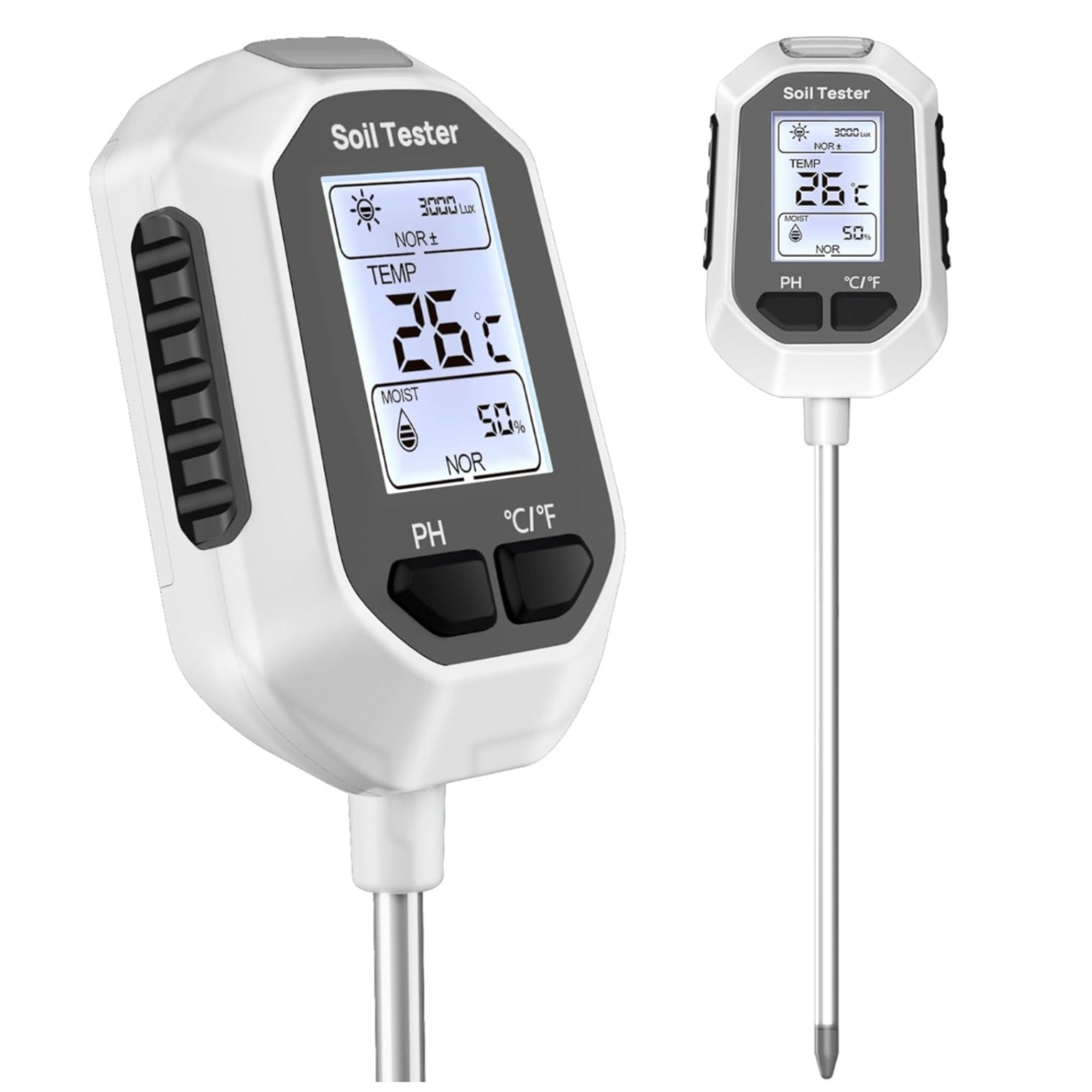
‘This prevents over watering and mold growth in houseplants,’ Karina says. This tester can measure soil moisture, pH, temperature, and sunlight, which will help you take better care of your plants and avoid mold growth in the soil.
6. Pillows
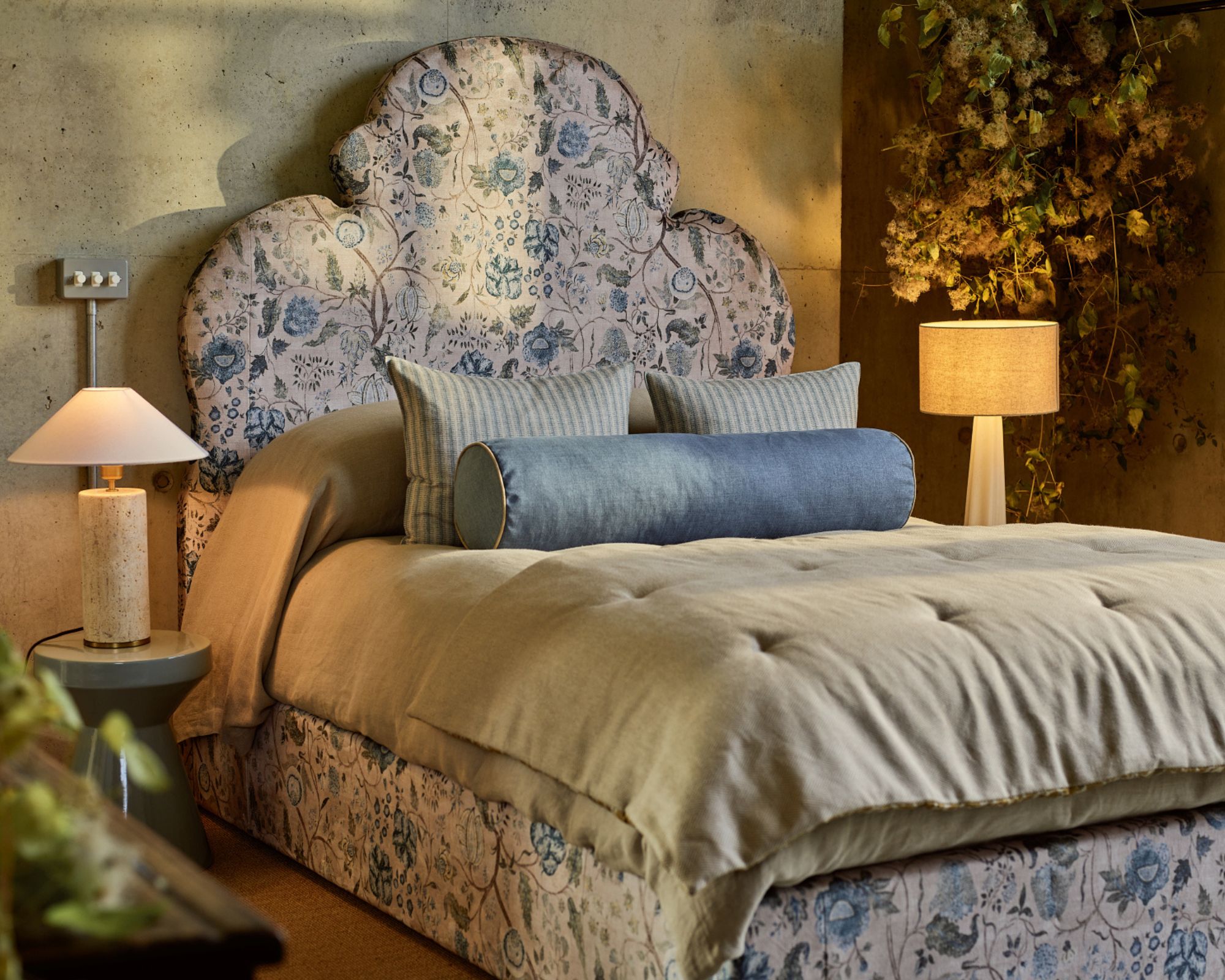
Pillows are vital for comfort so cleaning them regularly is a must.
Ill-fitting sheets aren’t the only bed-based items that have the potential to cause allergies in your home. According to Kenneth Mendez, president and CEO of the Asthma and Allergy Foundation of America (AAFA, pillows are another factor to consider for secret allergens.
‘After two years, 10% of the weight of your pillow can be from dead dust mites and their droppings,' Kenneth explains. 'You can’t see them, but they are there. Pillows may also trap other common allergens such as pollen from your hair or clothes, and pet dander, as well as mold,' the expert adds. 'If you notice your allergy or asthma symptoms worsen at night, this may be because your pillow is hosting these common allergens.'
Therefore, a pillow is one bedroom item you need to replace more often. Other warning signs that it's time to replace your pillows include stains, odors and if they are feeling lumpy.
However, if you're looking for a new pillow or your current one is in good working order, Kenneth recommends investing in options that meet the AAFA’s Asthma & Allergy Friendly Certification standard – like SIJO AiryWeight Tencel Pillowcases, which are made from 100% Lyocell derived from Eucalyptus and available on Amazon for $45.. He says these 'can help reduce exposure to common allergens that become trapped in pillows.'
Kenneth also recommends following the AAFA’s Healthier Home Checklist which includes tips on wash bedding including sheets, pillowcases, blankets, duvets, comforters weekly in soapy, hot water (130°F) and drying on high heat.
Punteha van Terheyden, Head of Solved adds, 'I have two cats who like to sleep on my bed, which is south-facing and bathed in sunshine during the day. They usually sleep up near my pillow, so I either keep my bedroom door closed during the day, or pull a clean throw over the top section of the bed to avoid their pet hair and dander getting onto my clean pillow.'
7. Cockroaches
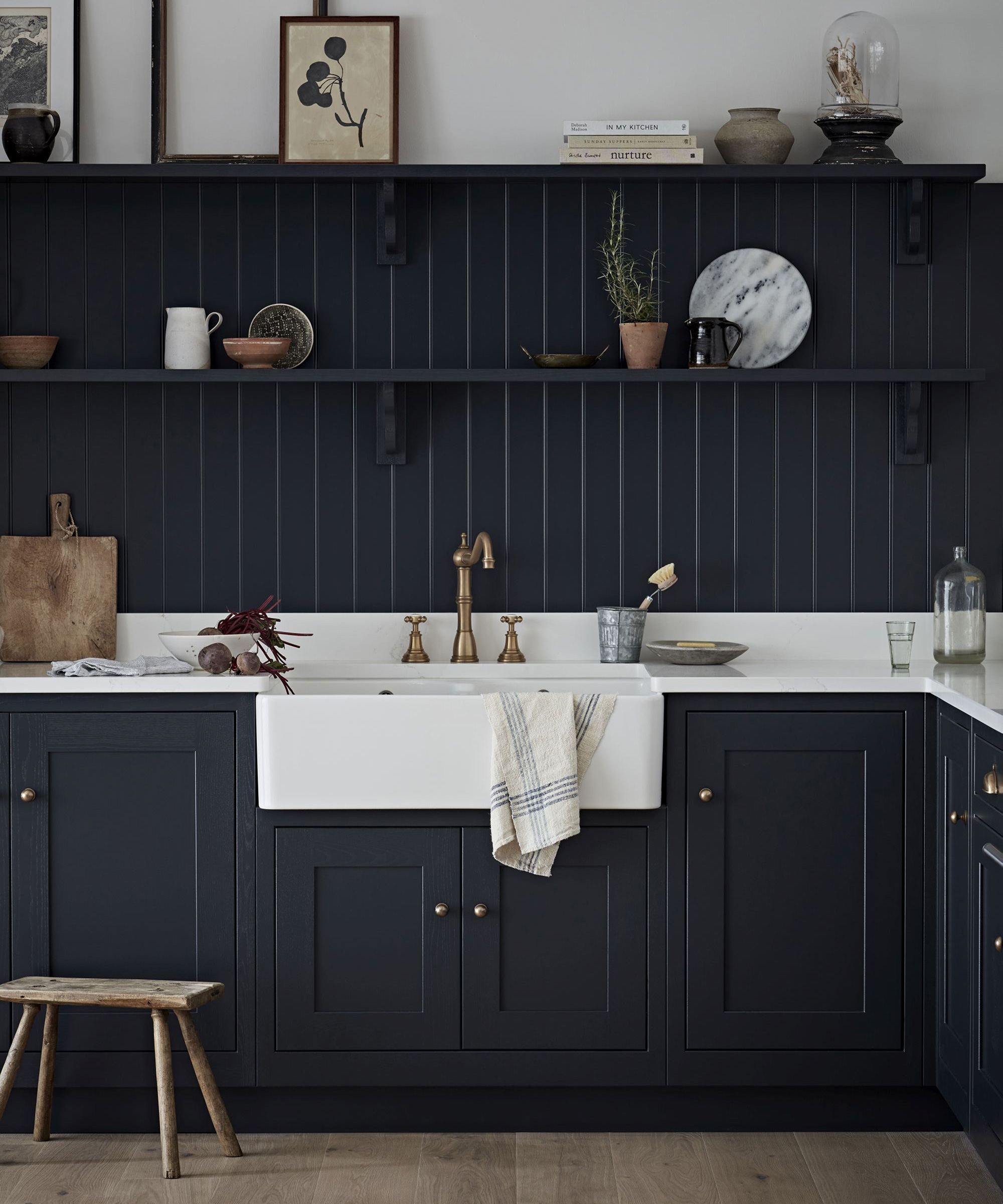
Seal hidden spaces and voids in pest prone areas of the home including kitchens and bathrooms to stop them setting up a harborage somewhere you cannot easily see or check.
Along with being dirty and ick-inducing, pests such as cockroaches can cause allergy symptoms to spike in your home.
Explaining why cockroaches can cause allergies, Kenneth says, ‘Cockroaches contain a protein that is an allergen for many people. The body parts, saliva, and waste of cockroaches are allergens. Even dead cockroaches can cause allergic reactions.
'If you are allergic to cockroaches, you may notice sneezing, runny nose, and itchy, watery eyes if you are exposed to areas containing cockroaches or cockroach debris. Exposure to cockroach allergen may also trigger an asthma attack. ’
To reduce exposure to cockroach allergens, learn how to get rid of cockroaches from the kitchen properly. And unlike what you may have once thought, these dreaded pests don’t just congregate in dirty places. Therefore, there are a couple of things attracting roaches to your clean house and what you can change to stop it from happening.
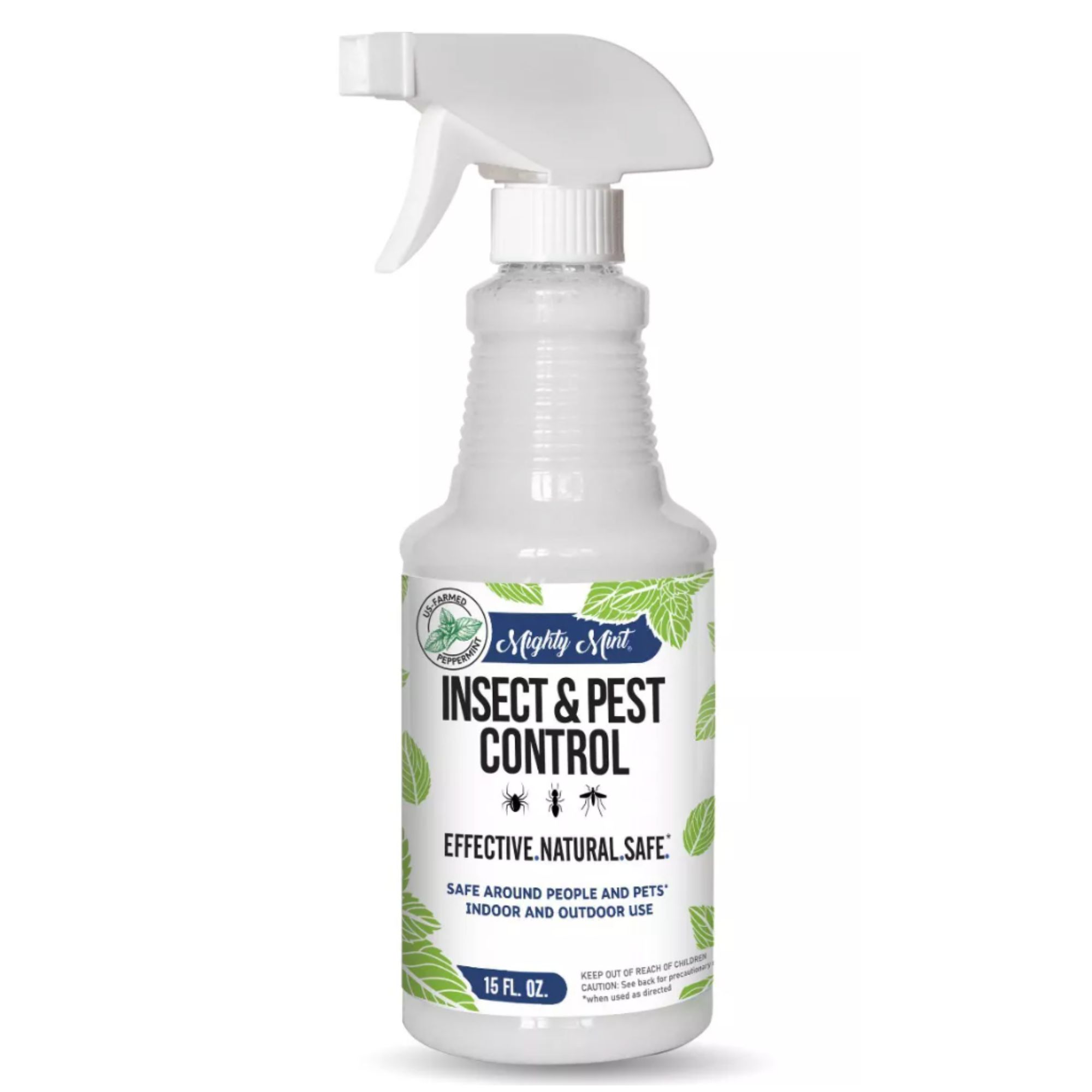
If you're trying natural remedies such as orange peel to deter pests, harness the natural pest-deterring power of essential oils with this Mighty Mint Insect Pest Control spray from Target. It's plant-based and suitable to be used in homes that have cats and dogs.
8. Volatile organic compounds
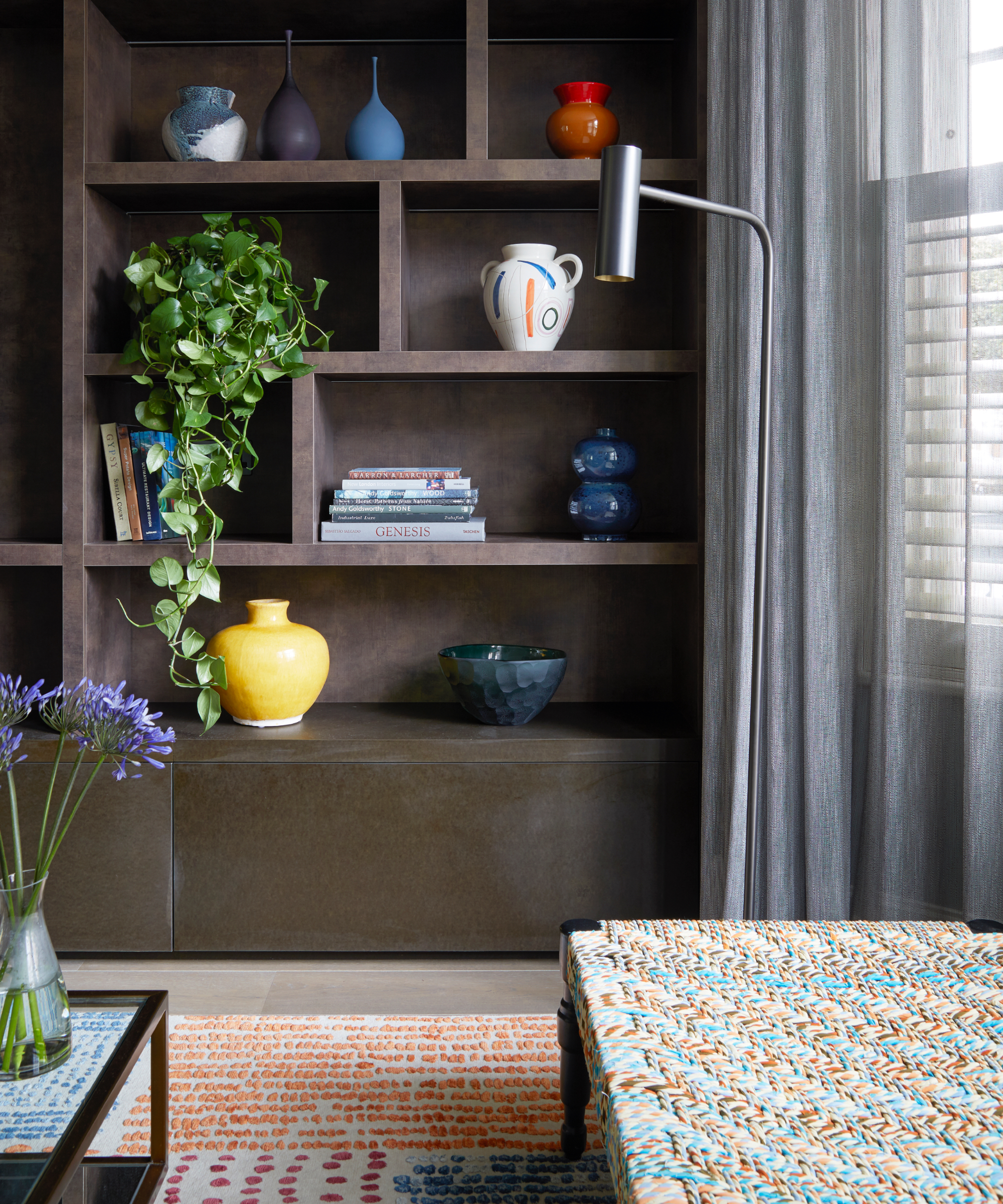
Ventilate your home well, especially when introducing new furniture, carpets or other elements of the home that may 'off-gas' when they're first in.
Products emitting volatile organic compounds (VOCs) – the element responsible for that 'off gassing' smell of some new household goods – could be another common factor that is polluting your air and secretly setting off your allergies.
'Surprising or uncommon allergens are volatile organic compounds that are emitted by paints, upholstery, air fresheners, solvents and thinners, wood preservatives, perfumes and cosmetics, cleaners, pesticides and wood stoves,' Dr. Parikh says.
The expert says new furniture, carpets and wood floors can also give off VOCs, adding, 'Candles and aroma diffusers can also give off allergens. They can cause irritation head to toe, of your eyes, skin, nose, throat, and lungs (triggering asthma attacks) as well as cause rashes,' the expert adds.
So, how do you fix this? ‘You need to eliminate them,’ Dr. Parikh says. ‘HEPA air purifiers can help too, but are not a permanent solution,' the expert adds.
Swapping out to some non-toxic home essentials will help.
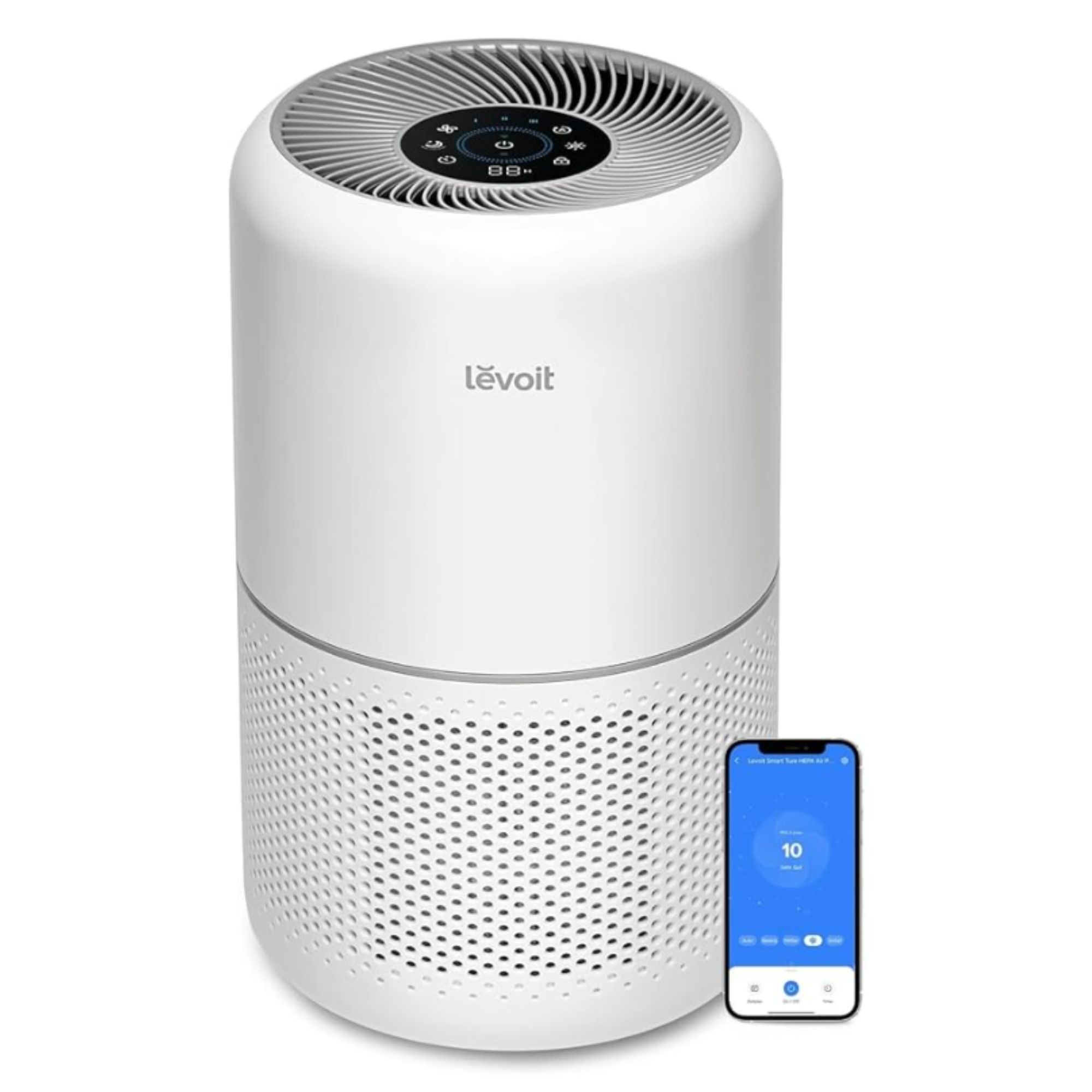
Featured in our guide to the best air purifiers, this clever home addition is perfect for bedrooms, living rooms, and offices, thanks to its efficient three-stage filter system. Its HEPA filter effectively removes pollen, pet dander, and other allergens, while an activated carbon filter absorbs smoke and odors.
Meet the experts

Dr. Parikh is an adult and pediatric allergist, so she specializes in educating, diagnosing, and treating allergies in adults and children, often including conditions like asthma and eczema. Dr Parikh is board-certified by the American Board of Internal Medicine as well as the American Board of Allergy and Immunology.

Professional cleaner and operations manager Karina has more than six years of experience overseeing all operations and quality control at the cleaning company, which provides residential and commercial cleaning and maid services in Washington and beyond. The company deals in hypoallergenic cleaning methods, such as using fragrance-free and non-toxic cleaning products, HEPA-filtered vacuums, and thorough dusting techniques to reduce allergens like dust mites and, pet dander.

Kenneth is thought of as a leader in the asthma and allergy community. In his current role, he focuses on dramatically reducing the impact of asthma and allergies – whether that's at home, in schools and in the general day-to-day. Under Kenneth's leadership, the AAFA has so far been successful in advocating for the passing of two federal laws to help the asthma and allergy community.
So there you have it, eight things secretly making your allergies at home, and what to do about each one.
If you're now wondering if any other harmful mistakes are lowering your home's air quality and compromising your health, delve into the surprisingly toxic items in your home – and what to replace them with.
Sign up to the Homes & Gardens newsletter
Design expertise in your inbox – from inspiring decorating ideas and beautiful celebrity homes to practical gardening advice and shopping round-ups.

Rebecca was a senior digital writer at Hearst Magazines before leaving her role to go freelance in 2019. Since then, she has written extensive homes and lifestyle content for leading brands including Homes & Gardens, Livingetc, Real Homes, Good Housekeeping, Kitchens, Bedrooms & Bathrooms and House Beautiful. When she's not writing, Becks is trying out the latest viral cleaning and organizing hacks to see if they actually work, decluttering her home (because less is more this spring), or color-coding her bookshelf.
You must confirm your public display name before commenting
Please logout and then login again, you will then be prompted to enter your display name.
-
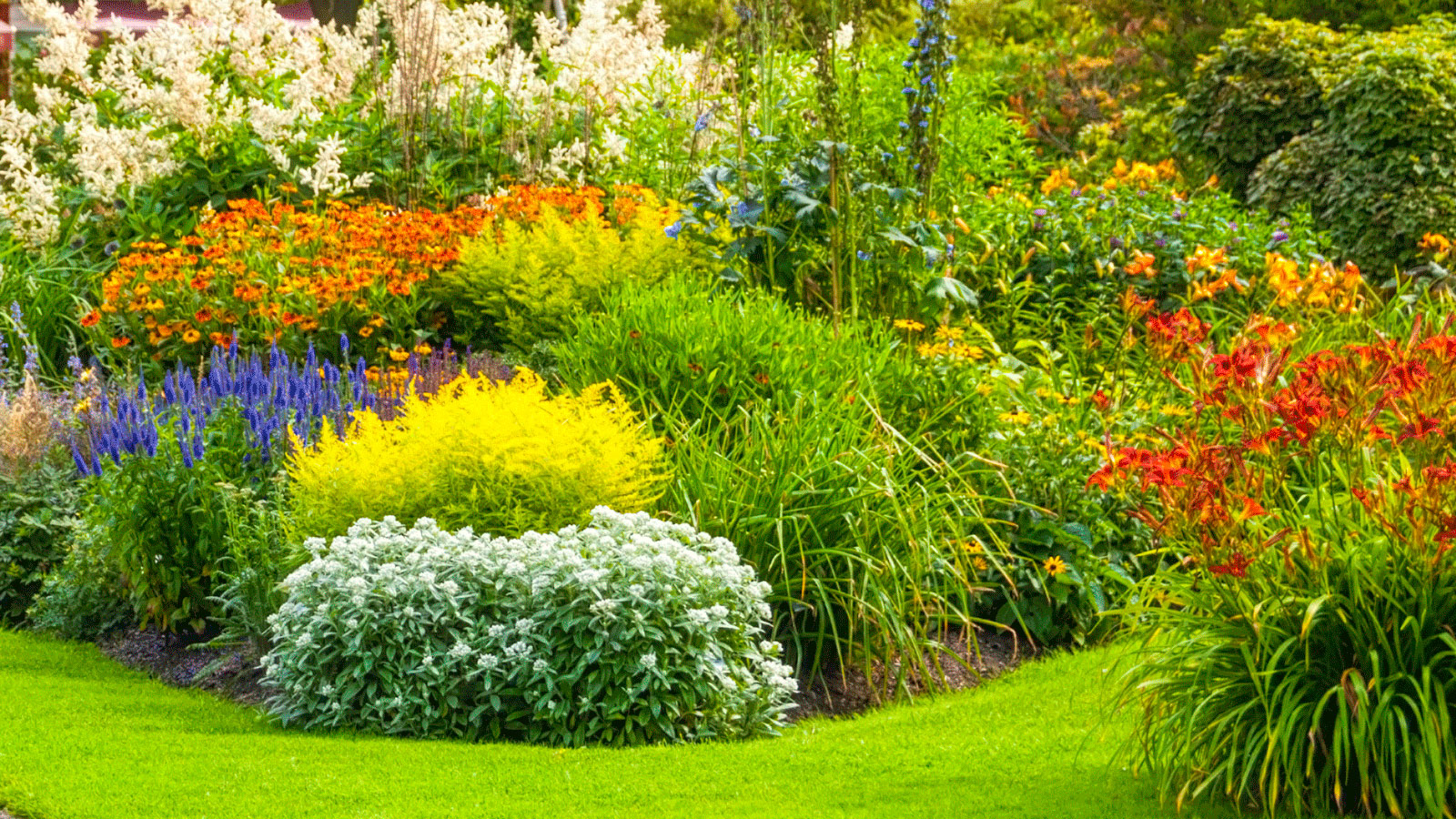 What is an island bed? This clever garden design trick can add privacy and drama to any backyard
What is an island bed? This clever garden design trick can add privacy and drama to any backyardCreate a long-lasting, low-maintenance and visually appealing island bed that also serves a purpose in the garden
By Sarah Wilson
-
 Kourtney Kardashian's cloud-like chair taps into 2025's most interesting furniture trend – it has the unique ability to improve spatial flow in any room
Kourtney Kardashian's cloud-like chair taps into 2025's most interesting furniture trend – it has the unique ability to improve spatial flow in any roomAn accent chair highlights the beauty of the natural world in the socialite's living room – experts explain why it's trending and how to recreate the look
By Sophie Edwards
-
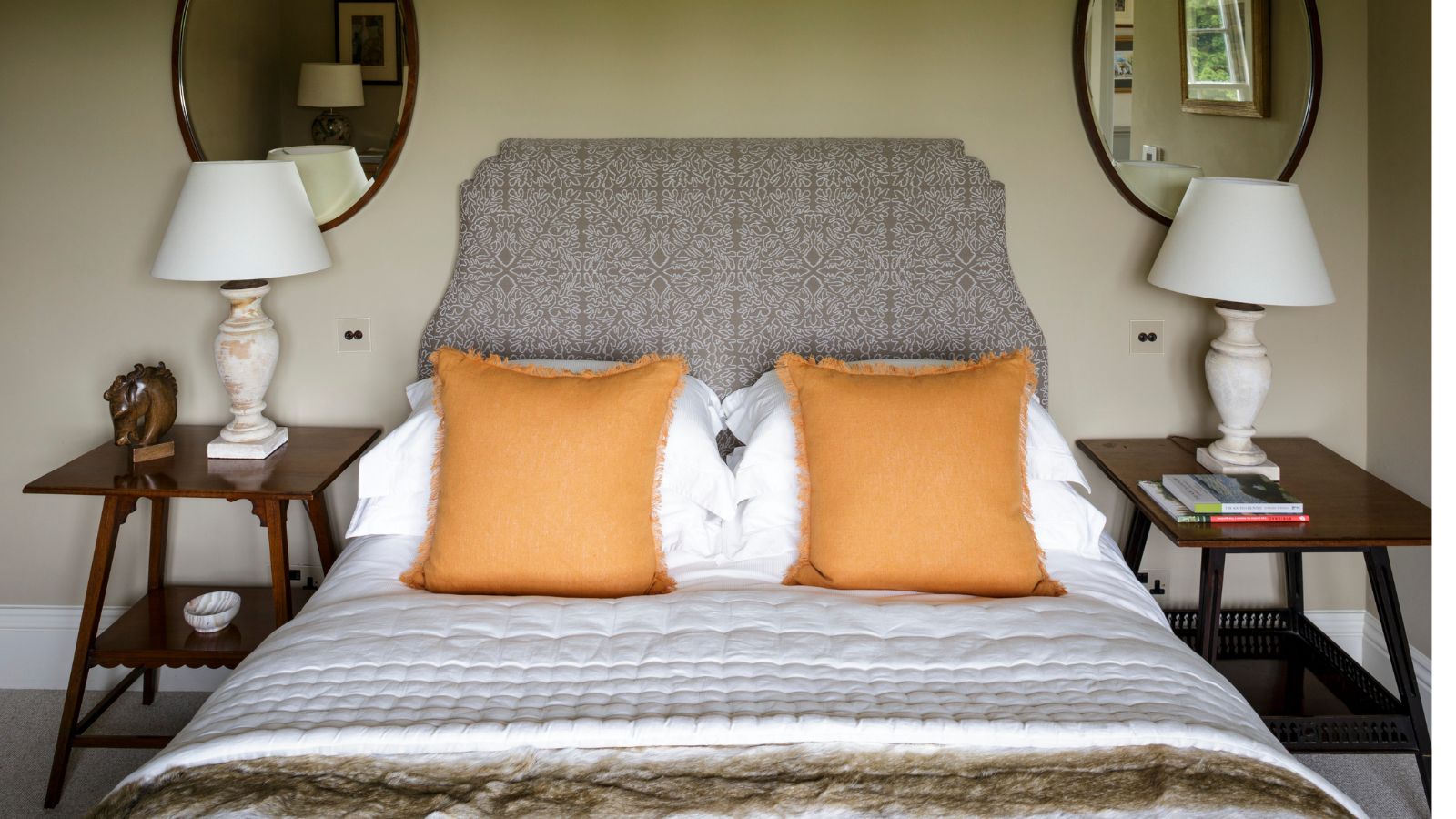 5 surprisingly practical ways to re-purpose old bed sheets for cleaning, decluttering and storage at home
5 surprisingly practical ways to re-purpose old bed sheets for cleaning, decluttering and storage at homeDon't ditch worn-out bedding – there's life in them yet
By Natasha Brinsmead
-
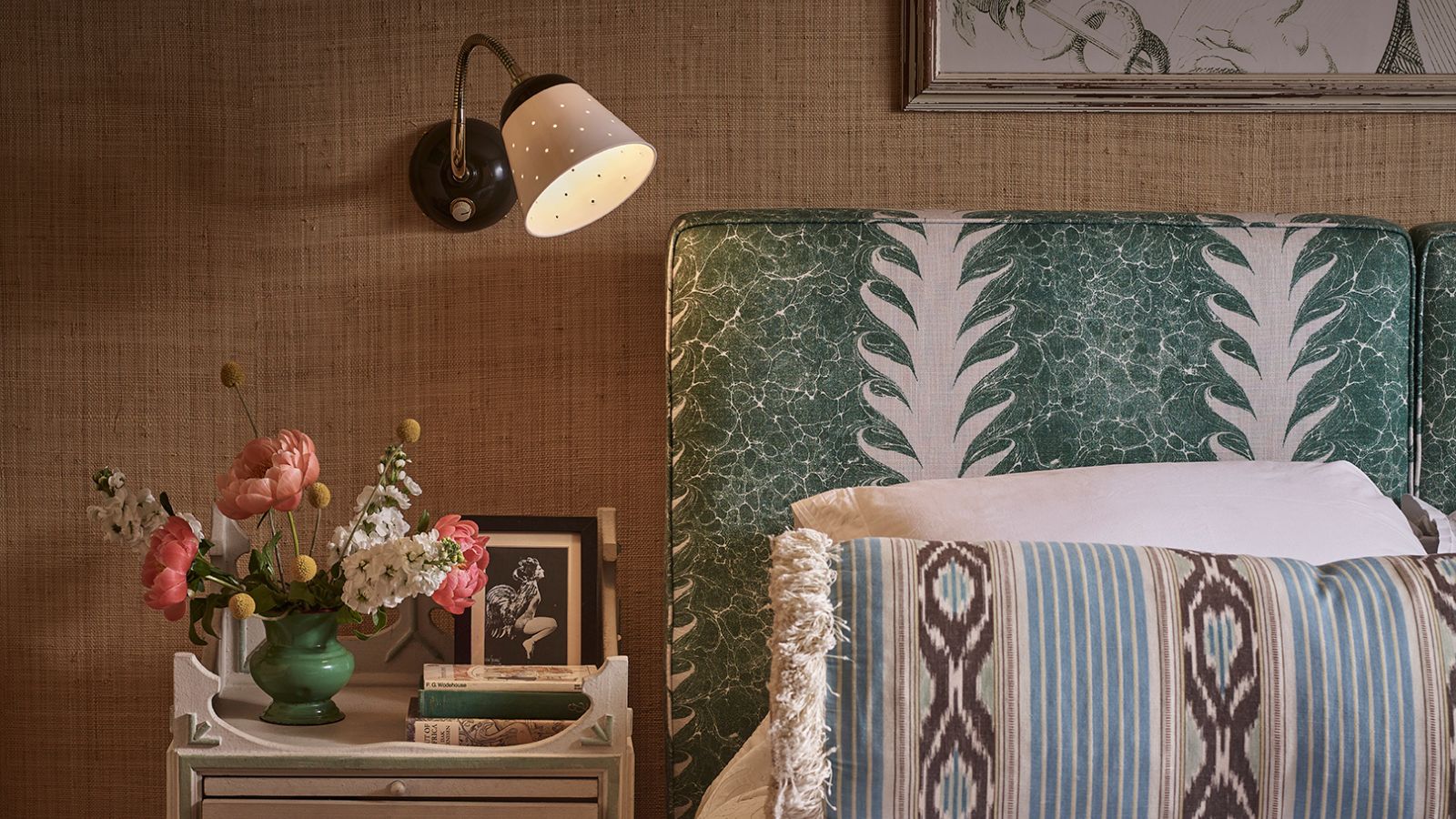 Do you need to turn the lights off when you leave a room? Experts have ended this time-honored debate once and for all
Do you need to turn the lights off when you leave a room? Experts have ended this time-honored debate once and for allOn or off? We delve into the details of this age-old dispute
By Chiana Dickson
-
 I tried the baking soda trick to quickly and naturally clean my outdoor rug – it’s now set for Easter outdoor hosting
I tried the baking soda trick to quickly and naturally clean my outdoor rug – it’s now set for Easter outdoor hostingBaking soda is perfect for lifting dirt and debris
By Eve Smallman
-
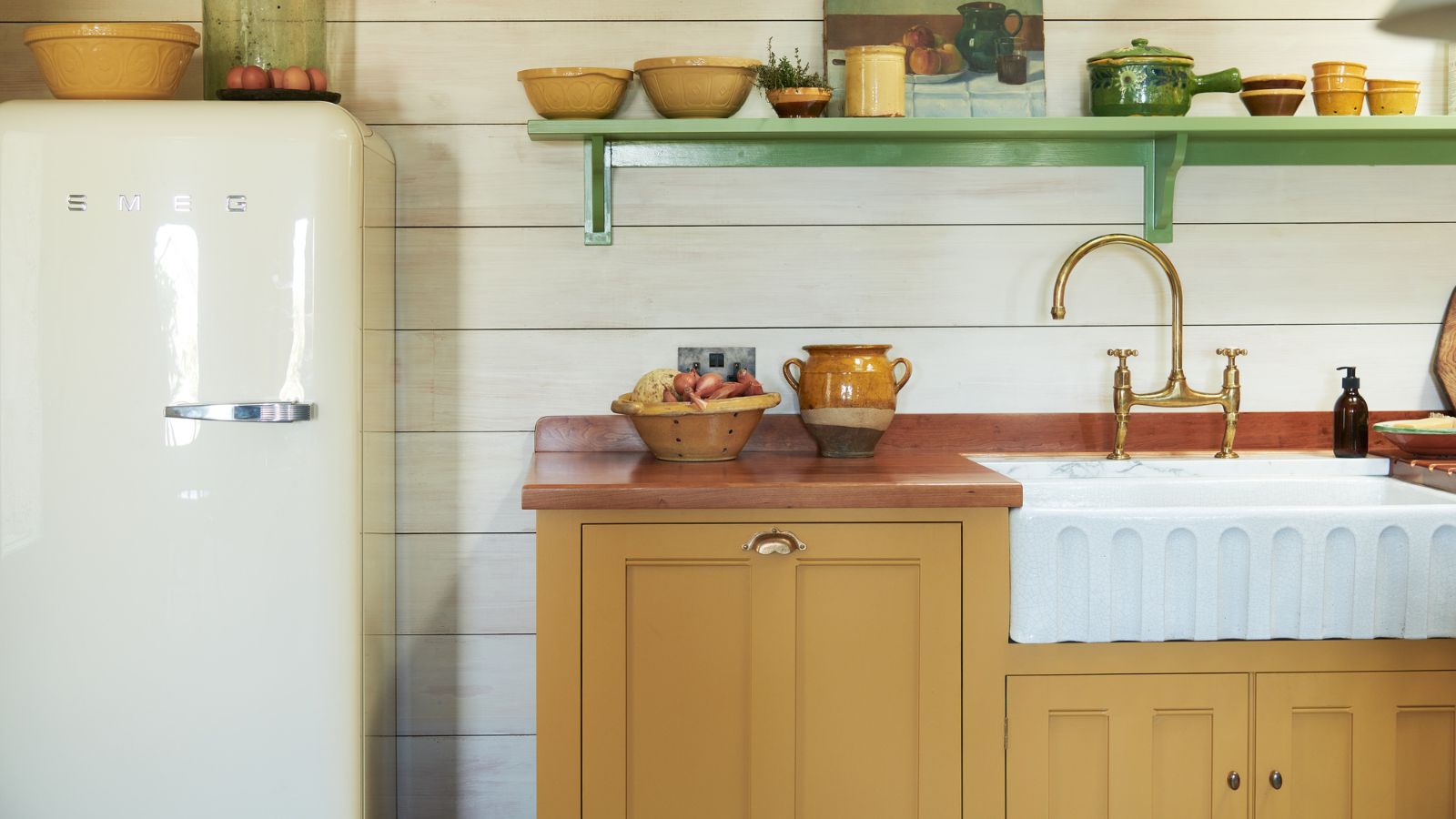 The 5 worst things you can do to your fridge – these will drive up energy costs and result in pricey and regrettable repairs
The 5 worst things you can do to your fridge – these will drive up energy costs and result in pricey and regrettable repairsIt's crucial to swerve these blunders, appliance experts warn
By Ottilie Blackhall
-
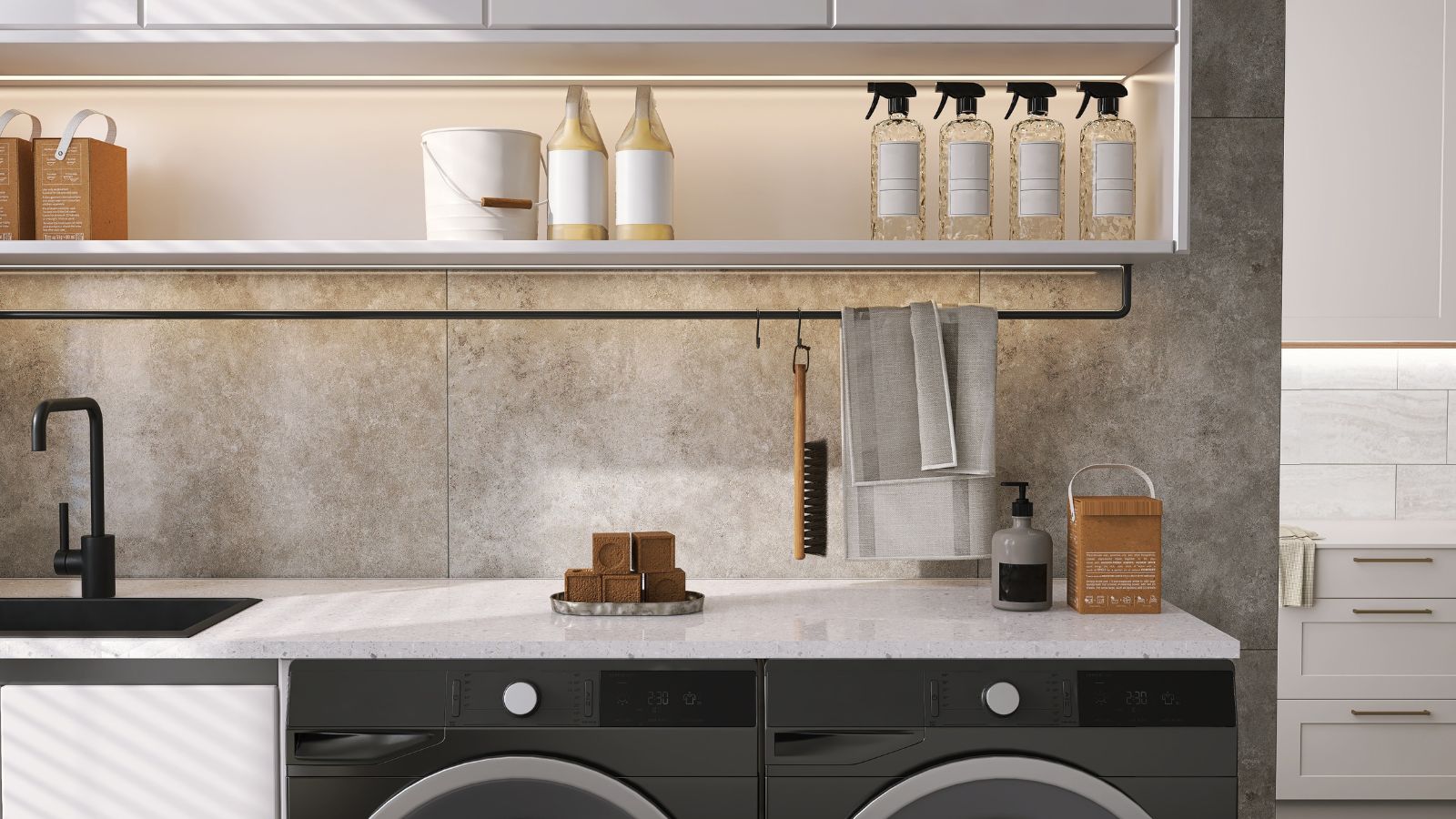 Extend the lifespan of your appliance with 5 simple but crucial washing machine maintenance tips
Extend the lifespan of your appliance with 5 simple but crucial washing machine maintenance tipsFrom cleaning the filters to keeping the door open, experts reveal the washer tips they swear by
By Andy van Terheyden
-
 5 vital ways a home battery backup can help with your most urgent needs in a power outage – from heating to flood prevention and calls
5 vital ways a home battery backup can help with your most urgent needs in a power outage – from heating to flood prevention and callsExperts say they're a worthy investment
By Clement Feng
-
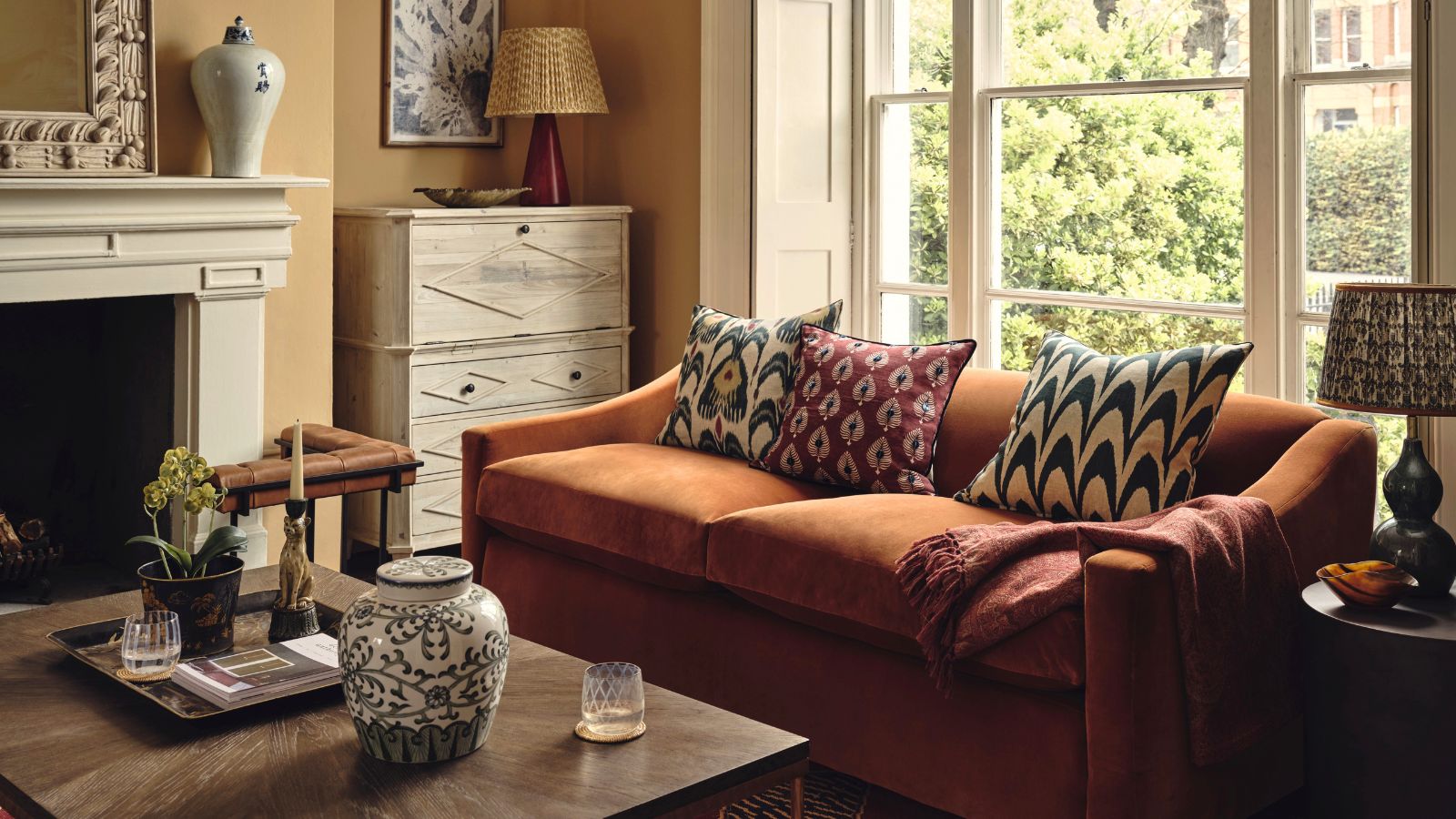 I’m an HVAC technician, and this is when I turn on my AC each year – plus 5 checks I always do beforehand
I’m an HVAC technician, and this is when I turn on my AC each year – plus 5 checks I always do beforehandSave yourself an AC hassle by running my checks and turning it on before big heat hits
By Josh Mitchell
-
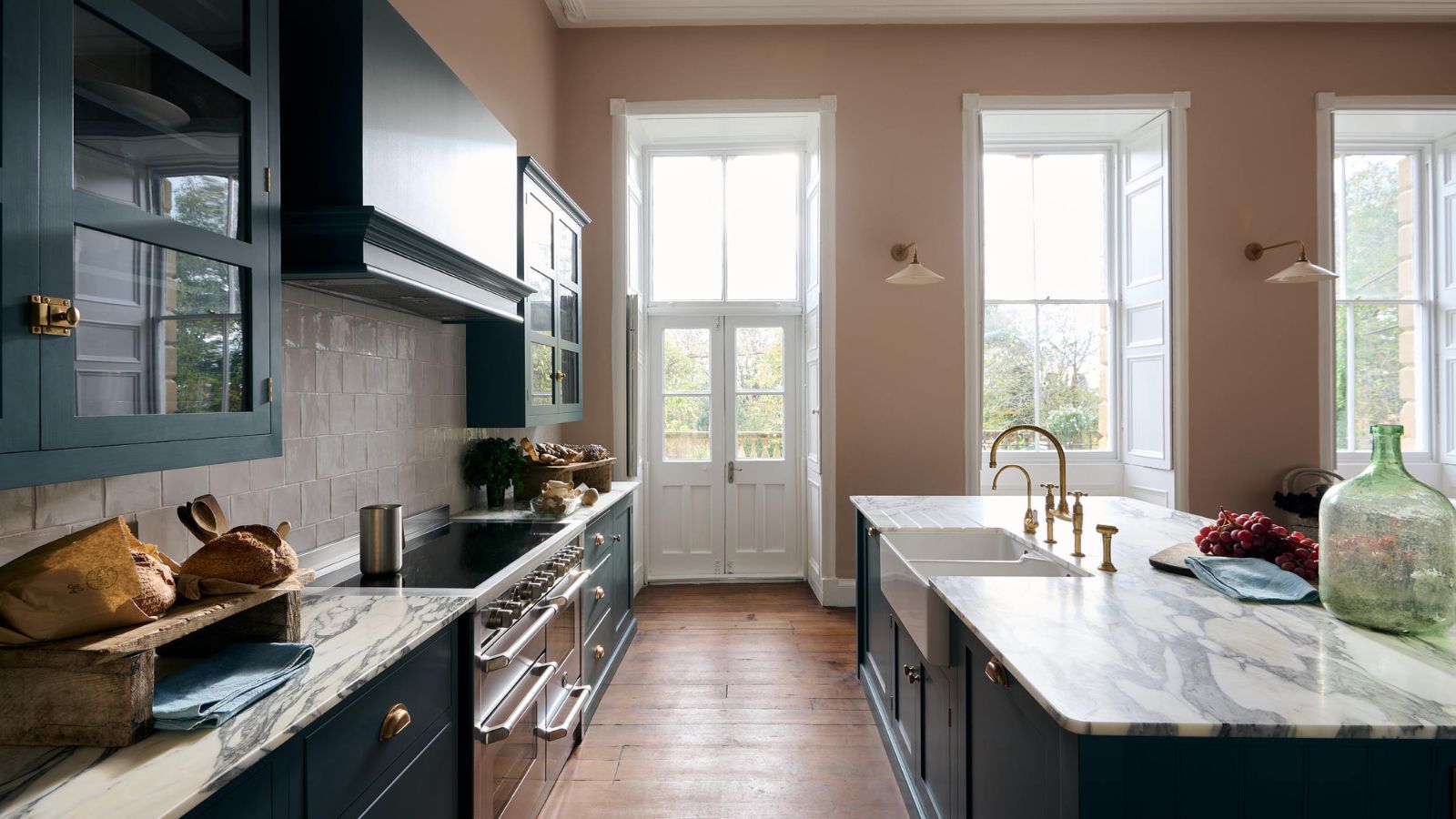 6 things you should never throw in the trash – and what to do for safe disposal instead
6 things you should never throw in the trash – and what to do for safe disposal insteadFrom batteries to space heaters, experts reveal what not to throw
By Andy van Terheyden